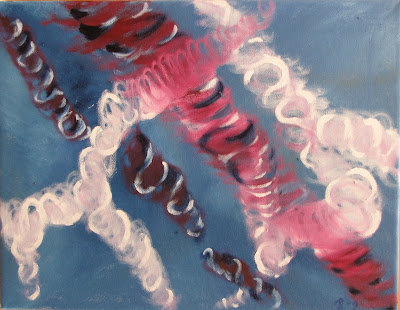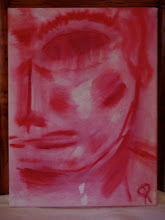
There is no debate over healthcare. Consider:
- Everyone wants healthcare for themselves (especially when they become ill or injured).
- Selfish as we Americans sometimes can be, we don’t really want our friends or neighbors to go without healthcare, either (Immigrants? Well, that’s another story.).
- No one believes the status quo is working, or sustainable.
- Flawed as the current healthcare bill may be, the opposition presents no alternative (After half a century of inaction, “starting over” is indefensible, and it does not constitute a contrasting program.).
- By their own admission, the people who most passionately oppose the healthcare bill don’t really know what is in it.
The small business owner from Utah who traveled to Senate Majority Leader Harry Reid’s home in Nevada to protest passage of the healthcare bill, one of several opponents interviewed on NPR, said she feared the provisions of the bill would force her out of business by making her buy health insurance for her employees. Told by the reporter that the bill includes subsidies and tax credits for businesses like hers, the woman scoffed, saying that “no one” knows what is in the bill. Presumably, she includes herself in that statement.
If her business was a profitable one, if she felt secure about the future demand for her product or service, I doubt that she would spend the time and money to fight legislation she knows nothing about.
This is about fear, pure and simple.
Fear of a world that is changing too fast.
Fear of a black president, and the larger truth he represents (as writer James Baldwin uttered 30 years ago, “The world will never be white again.”).
Fear of an economy spinning beyond our control, of losing our national superiority and our material ease.
Fear of the transition from fossil fuels to something more sustainable, as yet unknown, of becoming casualties of the slow, uncertain and painful process of having to retool major industries like automobiles and energy.
Fear of being held accountable for our nation’s past sins against nature.
Fear of wars waged in two places that lack shape or common purpose and drain our nation’s resources like twin black holes.
Fear of not fighting these battles, powerless against an evasive, unseen enemy.
Fear of a bomb going off in our midst.
Change, we know, is inevitable. We cannot still our brains, even if we wanted to. As a species, we are in perpetual motion, relentless as the passage of time, and subject to its rules. That’s why, thousands of years after dwelling in caves and living from meal to meal, we take collective action to feed and clothe ourselves, to travel between destinations, to gain knowledge and new skills, to defend and protect ourselves, and now, to take care of each other when we are stricken by injury or disease.
No amount of fear can change this. But fear can wreak havoc along the way.




